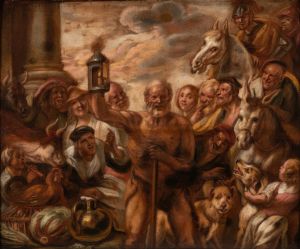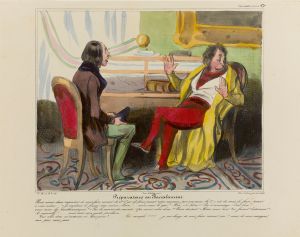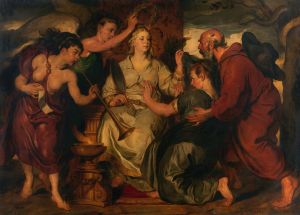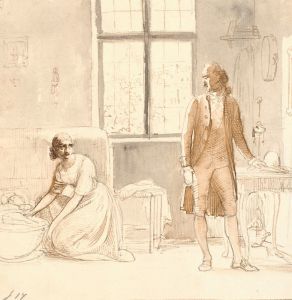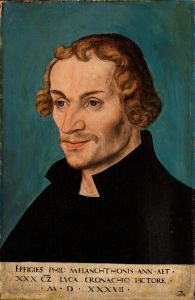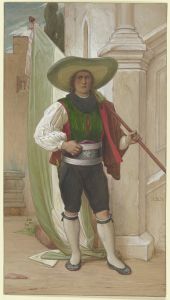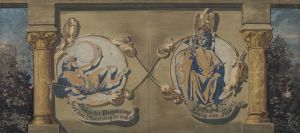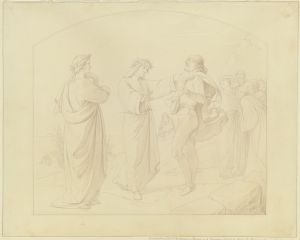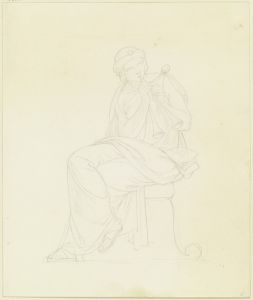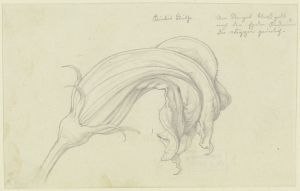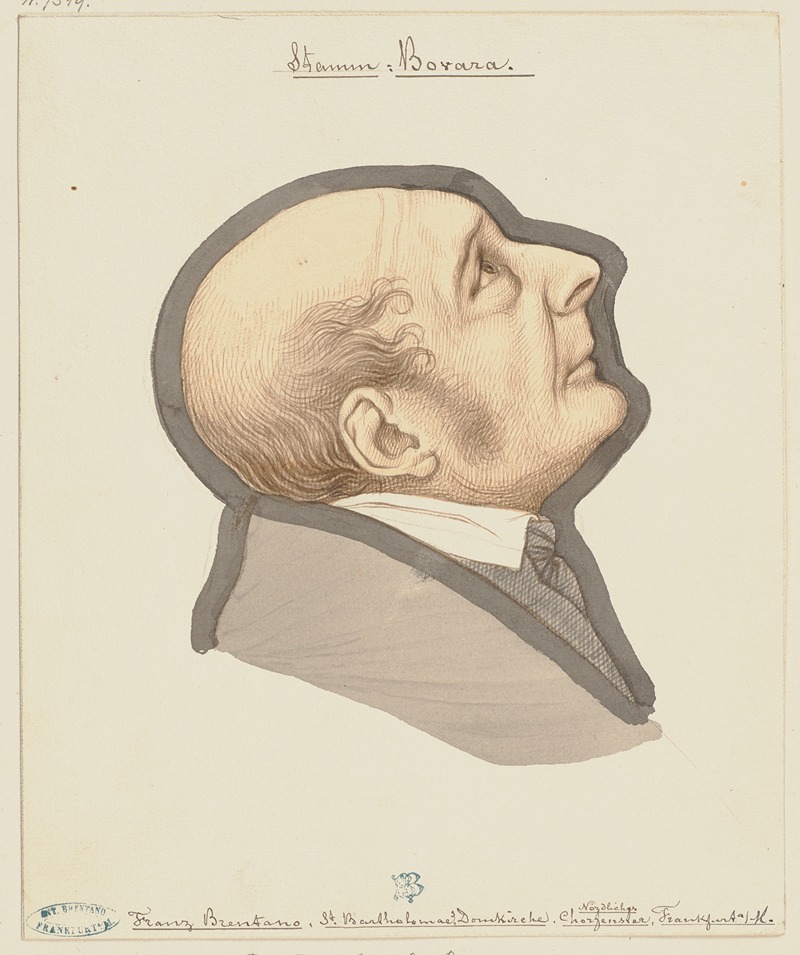
Portrait of Franz Brentano
A hand-painted replica of Eduard von Steinle’s masterpiece Portrait of Franz Brentano, meticulously crafted by professional artists to capture the true essence of the original. Each piece is created with museum-quality canvas and rare mineral pigments, carefully painted by experienced artists with delicate brushstrokes and rich, layered colors to perfectly recreate the texture of the original artwork. Unlike machine-printed reproductions, this hand-painted version brings the painting to life, infused with the artist’s emotions and skill in every stroke. Whether for personal collection or home decoration, it instantly elevates the artistic atmosphere of any space.
Eduard von Steinle's "Portrait of Franz Brentano" is a notable work of art that captures the likeness of the influential philosopher Franz Brentano. Eduard von Steinle, a prominent 19th-century Austrian painter, was known for his contributions to the Nazarene movement, which sought to revive honesty and spirituality in Christian art. Steinle's works often reflect a deep commitment to religious and historical themes, and his portraits are celebrated for their attention to detail and ability to convey the character of the subject.
Franz Brentano, the subject of this portrait, was a significant figure in philosophy, particularly known for his work in psychology and his influence on phenomenology. Born in 1838 in Marienberg am Rhein, Germany, Brentano was a Catholic priest before he turned to philosophy. He is best known for his theory of intentionality, which posits that mental phenomena are characterized by their directedness towards an object. This concept became foundational for later philosophers, including Edmund Husserl, who is often credited with founding phenomenology.
The portrait by Steinle is believed to have been created during the period when Brentano was gaining recognition for his philosophical work. Steinle's ability to capture the intellectual depth and contemplative nature of Brentano is evident in the painting. The portrait likely reflects the artistic style of the Nazarene movement, characterized by its clear lines, bright colors, and emphasis on spiritual and moral subjects.
In the painting, Brentano is depicted with a thoughtful expression, which may suggest his deep engagement with philosophical inquiry. The attention to detail in his facial features and attire reflects Steinle's skill as a portraitist and his ability to convey the personality and intellectual stature of his subjects. The background and composition of the portrait are typical of Steinle's work, which often includes elements that highlight the subject's character and achievements.
Steinle's portrait of Brentano not only serves as a visual representation of the philosopher but also as a historical document that provides insight into the intellectual climate of the time. The painting is a testament to the intersection of art and philosophy in the 19th century, capturing a moment when philosophical ideas were beginning to take new directions that would influence future generations.
While specific details about the commission or the exact date of the portrait's creation are not widely documented, the work remains an important piece in understanding both Steinle's artistic legacy and Brentano's philosophical impact. The portrait is a valuable resource for those interested in the history of philosophy and art, offering a glimpse into the life and times of one of the key figures in the development of modern philosophical thought.





